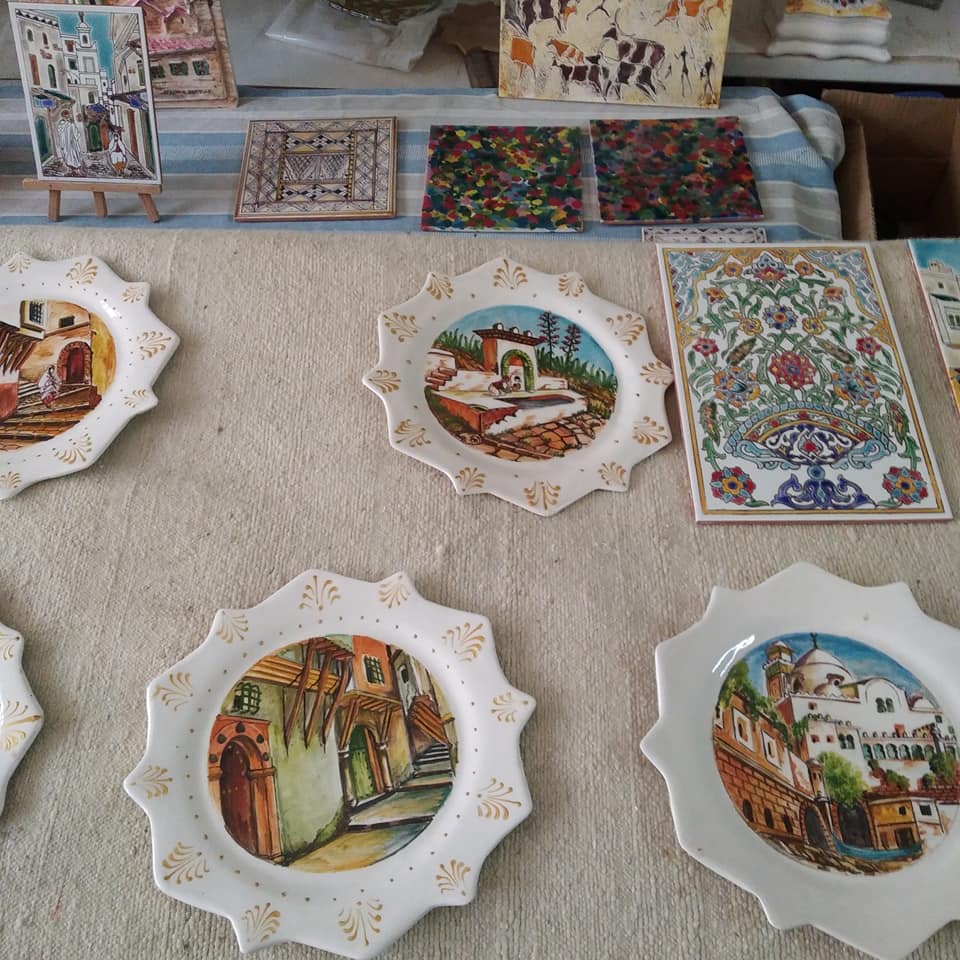The trade of brassware is based on working with copper foil and its transformation into utilitarian or simply decorative items. Craftsmen of copperplate have been established since the time of the Middle Ages. For some years we have therefore seen styles follow one another in an atmosphere furnished by the sound of hammers on copper.


Artistic ceramics borrows manufacturing techniques from traditional pottery, but remains Arab-Andalusian in essence. The carved or stamped ornamentation is inspired by the arts known to the Persians and the miniature Muslim decoration on wood, illuminated calligraphy. Ceramics is a purely urban art, enriched by the dynasty of the Hamma-dides which gave it new applications (green bricks, Moorish balustrades, truncated tiles) ceramic craftsmen, based mainly in Algiers, have introduced new touches in recent years. to the ornamentation of the product.



Algerian carpets and weavings remain in a certain richness of styles whose patina of time does not alter the beauty in any way. this is how Algerian weaving acquired greatness.
The way of dressing has always been the reflection of societies and the sign of their evolution over time. The costume, its design, its texture or even its fabrics tell us about the habits and customs of the people. original designed to protect itself from the elements, the costume takes on a constantly renewed form to follow men in their history.


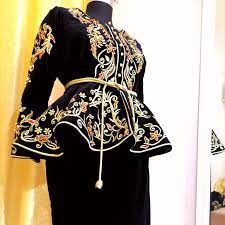
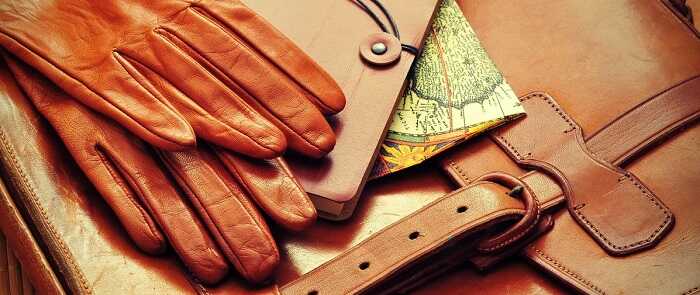
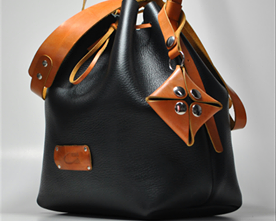
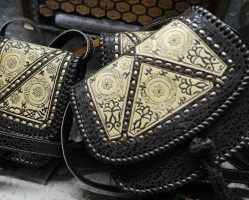
Leather goods, or leatherwork, plunges very far into the past. It is obvious that this craft has not developed in a consistent way because the work of the skin depends directly on the consumption of meat. Since prehistoric times, the Algerian populations have provided for their needs through hunting. Evolution will logically lead them to settle down. Breeding then takes no part in hunting, the animals will be domesticated and we will see the production of clothing made mainly by women. Sheep and cattle as well as camels will be a raw material that will be used for weaving, food and the manufacture of leather goods.
Ironwork is the art of working iron and giving it various forms in Algeria, this art flourished especially from the Middle Ages. In the Kasbahs of many Algerian cities, one can still admire beautiful works of this art. We find ironwork in window bars, bars and house doors, with ornaments of different styles.

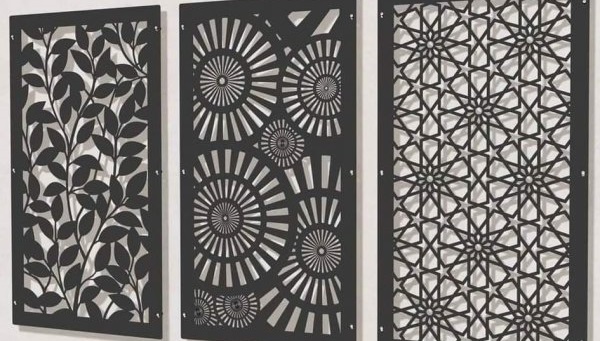
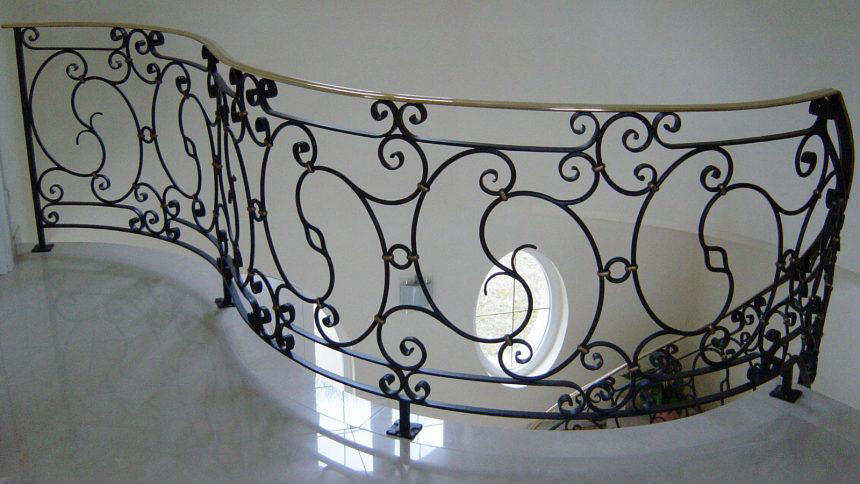
Wood, an essential material in the life of the people of the north of the country, has always been used for the manufacture of utensils and tools for everyday life. Today, the hatchet used for carving wood is increasingly replaced. by modern techniques (machine turning of wood). Urban furniture has developed over several centuries, both in its form and in its decoration, to create sublime works.
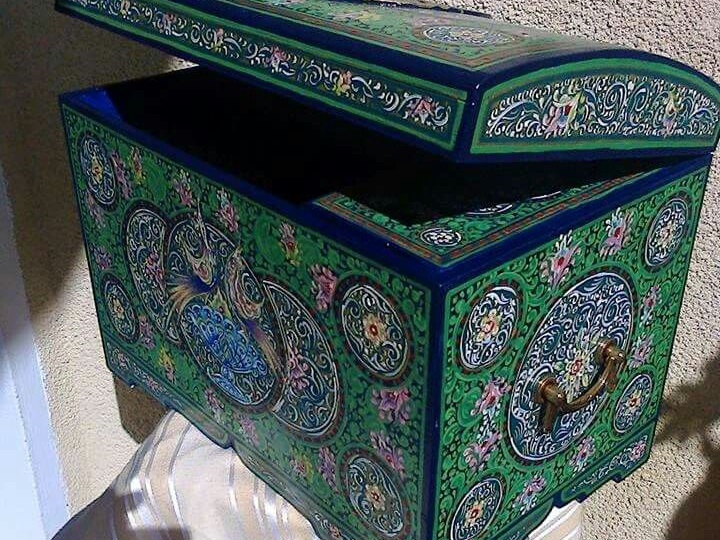

Embroidery, a centuries-old tradition, represents through patterns, colors and techniques, a living testimony to the life of yesteryear. Each work, in addition to the imaginative and creative aspect of its author, is a reflection of everyday life.


The work of plaster is one of the most refined of the decorative arts. Although this material requires a certain sobriety, the decorations are numerous: honeycombs interlaced with flowers, verses from the Koran. The plaster emphasizes the frames of the doors and windows, the decorations of the capitals of the columns. If over the centuries, the techniques have changed, the ancestral gestures remain the same.
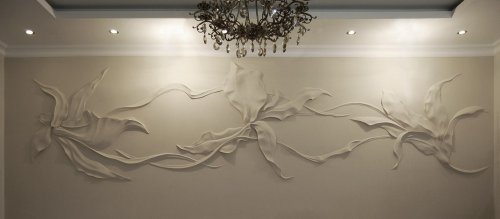
Glass work has undergone the broad influence of the Turkish presence in Algeria blown glass attaches only to decorative objects, even accessory it is an art which remains minor and reserved for an informed public. are essentially paper lanterns and lamps, tea glasses, flasks, candy boxes and knick-knacks.
